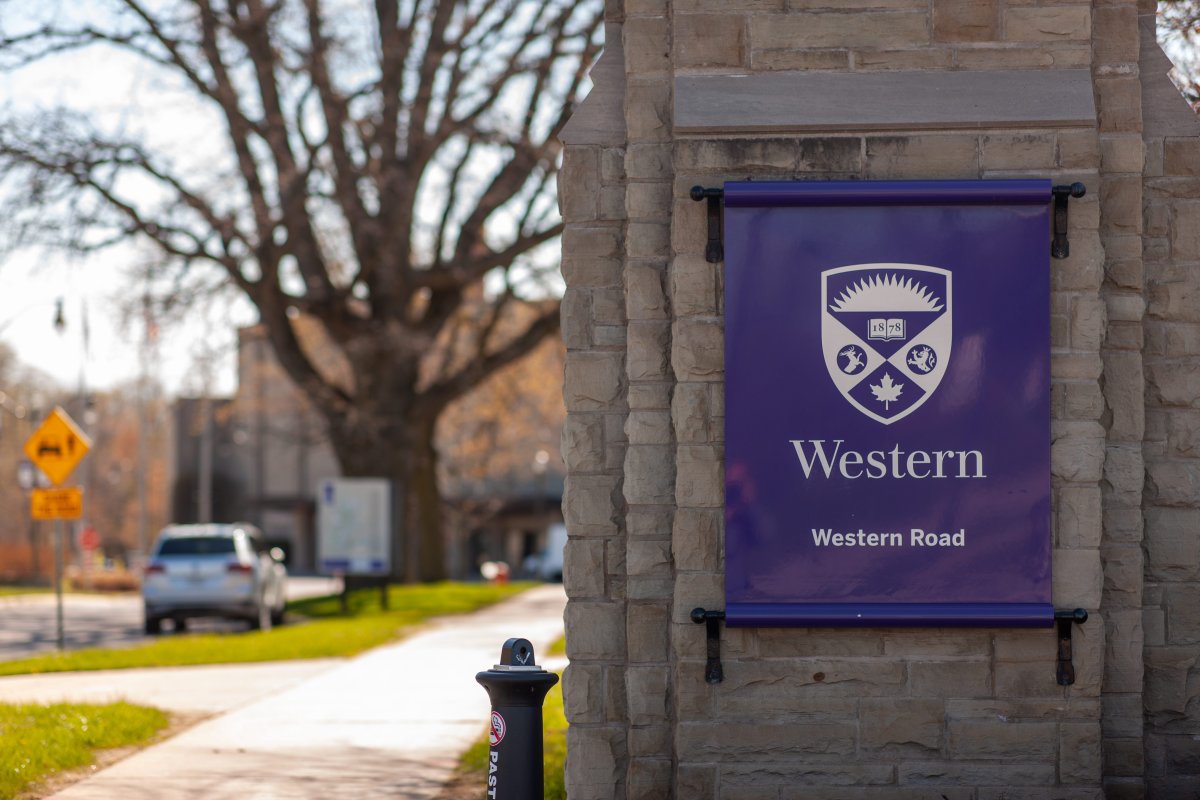A student at Western University has confirmed a more timely way to track deaths by analyzing provincial cremation data.

Gemma Postill, a research assistant in Western’s Computational Convergence Lab led by Mark Daley, found deaths rose significantly in Ontario during the first year of the pandemic.
The findings come after Postill analyzed weekly data from Ontario coroner’s cremation certificates, a method that she said is faster than waiting on mortality numbers from the province.
“Cremation records accurately estimate provincial excess mortality on an interim basis while official records are being processed,” Postill said.
“Our findings highlight both the benefit and need for real-time mortality information. … It can really let us tap in to quantify what is happening.”
Postil said 99 per cent of cremations come within three weeks of the person’s death, providing immediate insight into provincial deaths.
Her analyses support the understanding that the COVID-19 pandemic has impacted mortality rates in Ontario both directly and indirectly.
“About 70 per cent of Ontario residents are cremated, and that hasn’t changed during the pandemic,” Postill said.
“Because there is a cause of death variable, we are able to identify which cremations were due to a COVID-19 death, versus a non-COVID-19 death.”
- Invasive strep: ‘Don’t wait’ to seek care, N.S. woman warns on long road to recovery
- Canadian man dies during Texas Ironman event. His widow wants answers as to why
- ‘Super lice’ are becoming more resistant to chemical shampoos. What to use instead
- Solar eclipse eye damage: More than 160 cases reported in Ontario, Quebec
By using data from Statistics Canada, Postill has confirmed that the percentage of cremations has remained consistent during the pandemic.
“Initially, when we saw an increase in the number of cremations, we couldn’t rule out that more people were getting cremated because they couldn’t have a formal funeral or a celebration of life due to physical distancing restrictions,” Postill said.
“But that wasn’t the case.”
Mark Daley praised Postill, saying the research assistant stepped up, working every weekend for more than a year to provide life-saving data, and fill what he refers to as a “significant gap” in our health care system.
“Her data analysis is the closest thing we have to real-time mortality monitoring in Ontario,” Daley said in a statement.
The work has only just begun, as Postill said they will continue to analyze the data in an effort to examine the remaining “who, where, and why” questions, such as whether the deaths occurred in hospitals, long-term care or personal residences.
“So those are the next questions.”








Comments